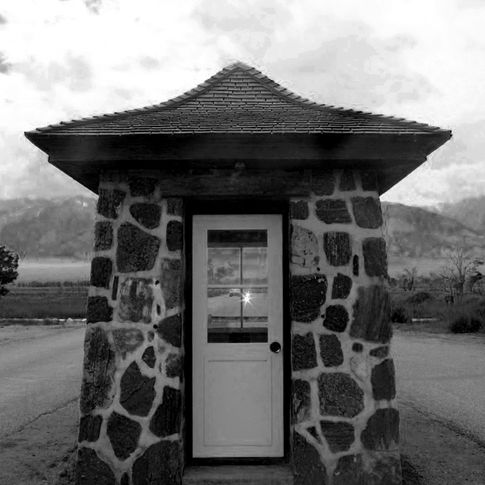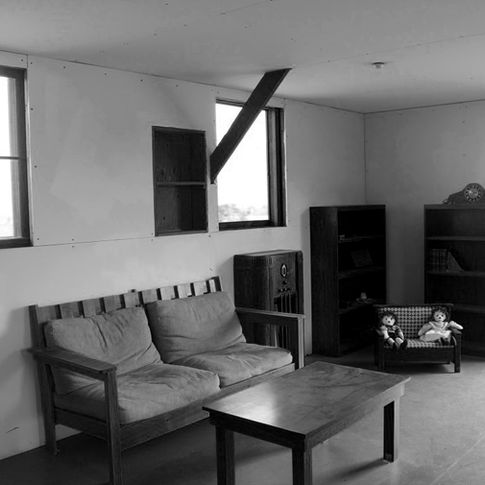A Knott Fellowship Project
Manzanar
If you are driving through Lone Pine and merge onto the US-395 N. You will find yourself on an ongoing street with almost nothing surrounding you. Hardly any exits, no lakes, no Starbucks, practically no civilization. If you continue on this road for about five or so minutes, you too, will find yourself passing Manzanar, or I should clarify, the remnants of Manzanar.
Among the midst of World War II, Hawaii’s Pearl Harbor was bombed creating a sense of hysteria and panic to spread across the United States. The following day led to the United States declaring war on Japan, and months following, President Roosevelt signed Executive Order 9066 which allowed civilians living in military areas to be removed whenever the situation “deemed necessary or desirable.” Later, in March of 1942, thousands of people of Japanese ancestry were relocated to one of ten internment camps spread across the West Coast. Manzanar War Relocation Center was one of them.
Once there, families were forced to share small barracks with strangers and abandon any sense of privacy they might have previously had. To say conditions were rough would be an understatement. Many of the camps were hastily made, leaving cracks in the floorboards where dust and dirt would easily enter and latrines that had no walls. Food would be served cafeteria style and school for children would be put on hold until further notice.
Entering Manzanar was a humbling experience. The only building that has not been rebuilt is the High School’s auditorium that was created in the camp’s later days. Outside the building, an American flag waves proudly, becoming a point of sick irony. The inside of the building is converted into a visiting center which features a small National Park gift store, a theater, and a museum. Fortunately, the park has recreated two barracks, a latrine, and the dining hall for a guest to explore. Inside the barracks, there is a replica bed which provides a decent idea of how small each room would be for an entire family. There was a basketball made out of rocks with a dirt floor which separated the two barracks. The latrines were lines of showers and toilets in a row, without any element of privacy.
After visiting the reconstructed elements, I decided to roam around the grounds. The first part that really stood out was the vast amount of lizards and red ants. I could not fathom the bites that must have taken place. In addition, the temperature was stifling hot. The camp is located under Mount Whitney in what looks like a complete desert. The wind, however, although not overpowering, was certainly another aspect of the climate. It was a hot wind that was just enough to lift the dirt from the ground. As I paced throughout the ruins of the barracks, I noticed how close they were to one another. Lines and lines of housing stretched on and on. In between, I noticed that the Japanese Americans who were placed there built gardens and ponds, trying to find a place of solitude within the wiry walls. Another interesting note was the hospital that was in the corner of the camp. I thought of the people who might have lived on the other side who would have to walk across the lands to get there. It was also near the graveyard which sent a chill down my spine. Beautiful, colored paper cranes surround the graveyard to this day.
The truly haunting thing of the overall experience was regardless of where you stood, you could see the guard towers and the barbed wire caging you in.
























